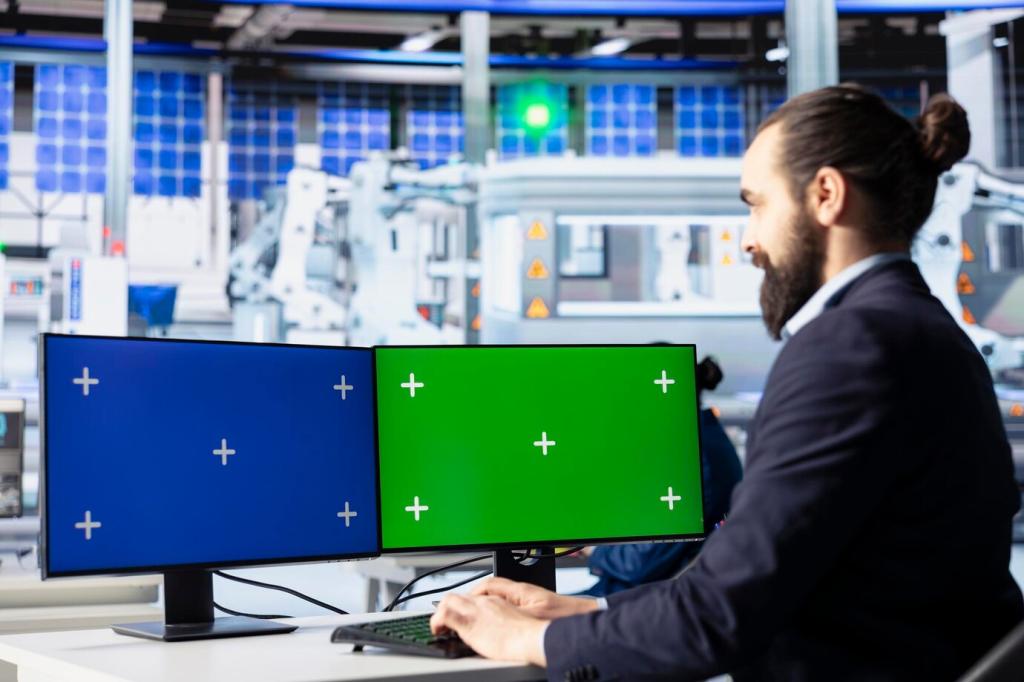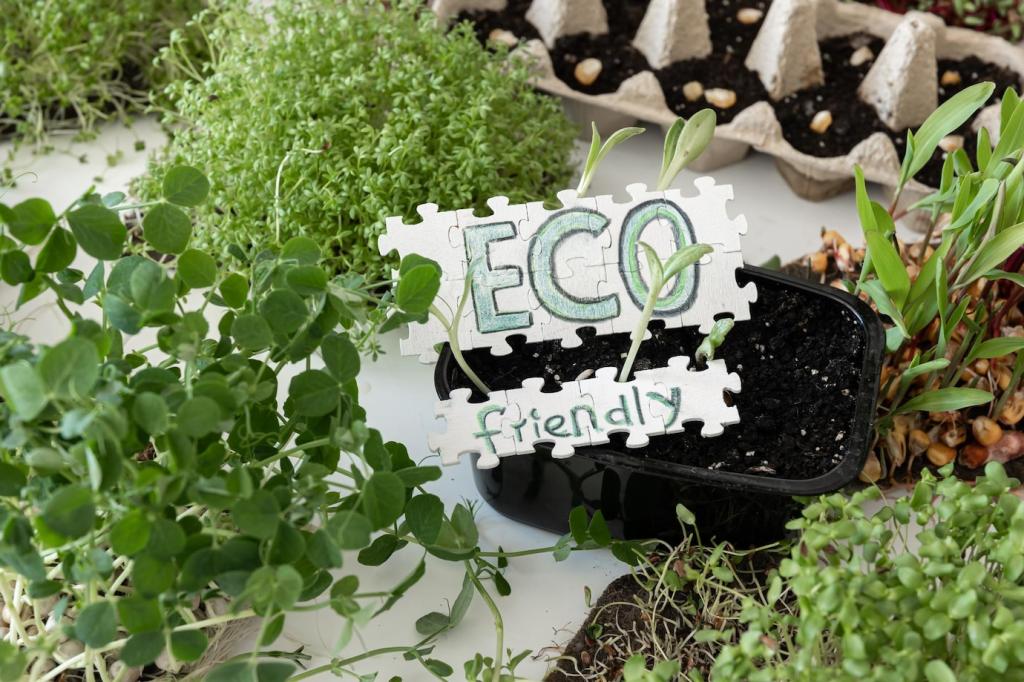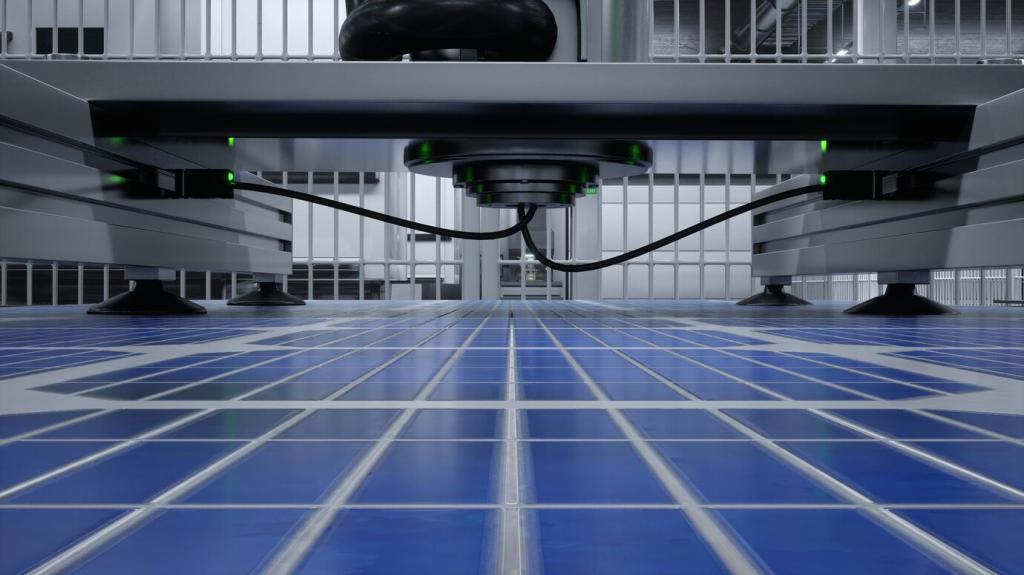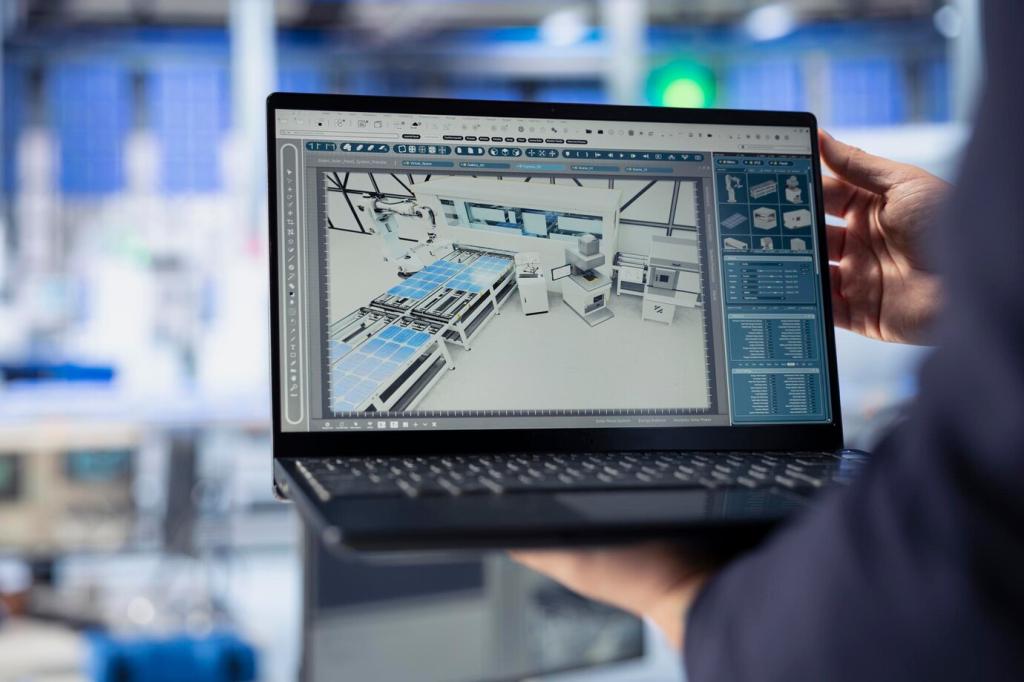Interior Design Software for Eco-Friendly Living
Chosen theme: Interior Design Software for Eco-Friendly Living. Welcome to a greener way to imagine, plan, and refine interiors where every click lowers waste, saves energy, and brings healthier materials into your daily life.

Why Software-Led Design Makes Sustainable Choices Easier

From Aesthetics to Impact
A decade ago, interior upgrades often began and ended with mood boards. Today, mood boards connect to embodied carbon dashboards, letting you compare finishes, furniture, and layouts by emissions, durability, and indoor air quality performance before you buy anything.

Features That Prevent Waste
Material takeoffs, precise fit checks, and clash detection stop over-ordering and last-minute fixes. By simulating layout tolerances and cut patterns, the software helps you trim offcuts, reduce packaging, and keep demolition debris from a skip in the first place.

Be Part of the Change
Tell us which sustainable decisions you struggle with most—paint choices, flooring, or lighting? Comment below, and we’ll share tailored software workflows and plug-ins that make your next project both greener and easier to execute.
Energy, Light, and Comfort Simulations That Guide Better Interiors
Daylight-First Planning
Daylight analysis maps reveal how a sofa’s position or a desk’s orientation changes lux levels across seasons. With glare predictions and reflectance controls, you can pick finishes that bounce light efficiently, reducing artificial lighting hours without sacrificing comfort.
Thermal Comfort Without Overcooling
Thermal models simulate surface temperatures, heat gains, and airflow from ceiling fans or operable windows. Use them to set shading devices, fabric weights, and rug placements that keep comfort steady and HVAC loads lower throughout sweltering afternoons and chilly mornings.
Acoustic Calm, Naturally
Acoustic plug-ins estimate reverberation time and sound transmission, helping you favor cork wall panels, wool rugs, and dense bookcases over foam. Share your floor plan in the comments, and we’ll suggest quiet, low-carbon tweaks that turn echoes into hush.

Sustainable Materials Libraries and Trustworthy EPDs
EPDs as Your North Star
Search by embodied carbon intensity, recycled content, and lifespan. Side-by-side comparisons help you see how bamboo plywood, reclaimed oak, or linoleum stack up, so a beautiful finish also carries a verifiable footprint that aligns with your sustainability goals.
Designing for Reuse and Disassembly
Tag components with fasteners instead of adhesives, specify modular panels, and log take-back programs directly in the model. When life changes, the software helps you unclip, resell, and repurpose instead of ripping out and landfilling perfectly good materials.
Healthy Air, Happier Days
Filter options by VOC ratings and certifications to prioritize paints, sealants, and composites that keep indoor air clean. Tell us your biggest material puzzle, and we’ll curate a low-tox, low-carbon shortlist compatible with your design vibe and budget.




Starting With What They Had
The loft came with polite brick, drafty windows, and a beloved but bulky dining table. A quick scan showed daylight potential and measurable heat loss points, guiding us to prioritize shading, sealing, and flexible storage before any new purchases.
Software-Guided Swaps That Mattered
Simulations favored a lighter, reflective limewash, a wool rug with an EPD, and modular shelving that fit awkward corners. By modeling cut patterns, we ordered exactly enough cork underlayment, cutting waste to a shoebox of scraps—no dumpster required.
Results You Can Feel and Measure
Heating demand fell 18%, daytime lighting hours dropped by a third, and the embodied carbon of new materials was halved versus initial picks. Want the full model and product list? Subscribe, and we’ll send the annotated file and step-by-step settings.



